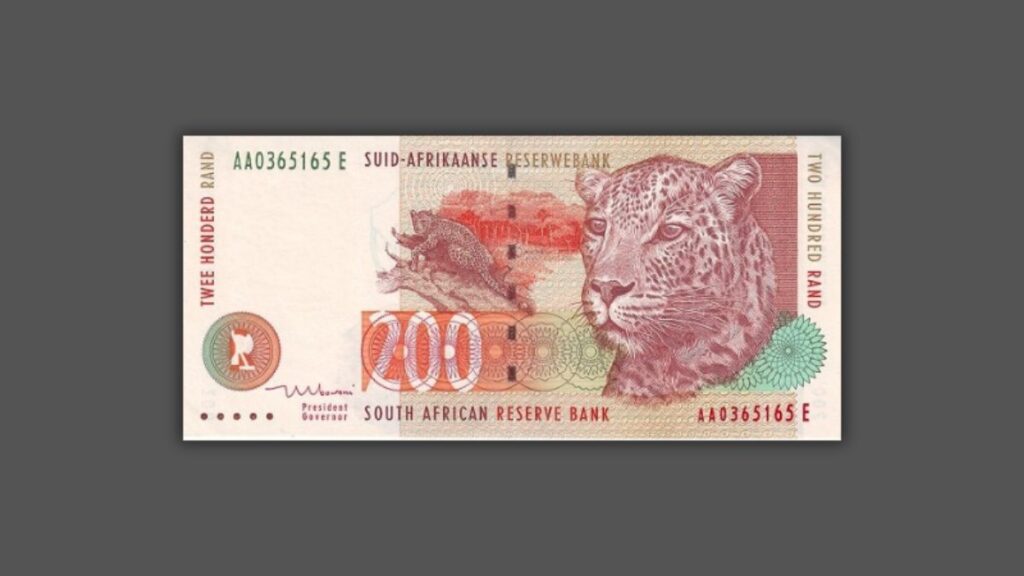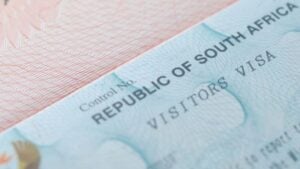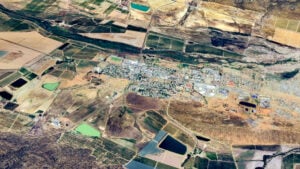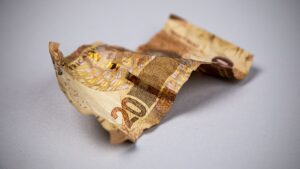Withdrawn R200 banknotes in South Africa – check if you have them

The South African Reserve Bank (SARB) has issued an important reminder to the public regarding the correct process for exchanging the withdrawn “Big Five” R200 banknotes.
In a statement on 3 July 2025, the SARB said it continues to receive queries about these old banknotes and wants to ensure that South Africans know exactly what to do if they still have any in their possession.
The now-withdrawn notes were taken out of circulation in 2010 due to a major counterfeiting issues.
“Back in 2010, the SARB noted with concern that relatively high-quality counterfeit notes of the old series, which did not have enhanced security features, had illegally come into circulation,” the bank said.
After a full investigation, the SARB, in cooperation with commercial banks, began the process of withdrawing these notes.
“Members of the public were requested to present these banknotes for exchange at the nearest commercial bank by the end of May 2010,” it said.
That deadline has long passed, and commercial banks no longer accept these old notes. However, it is still possible to exchange them, but only through a specific channel.
The SARB confirmed that the withdrawn R200 banknotes can only be exchanged directly at the SARB Head Office teller, which now operates out of the SARB Johannesburg Cash Centre.
This centre is located at 57 Ntemi Piliso Street, Newtown, Johannesburg, and operates on Tuesdays and Thursdays between 9h00 and 13h00.
“Here you will get direct cash for cash exchange,” the SARB said, reiterating that the withdrawn banknotes cannot be exchanged at a commercial bank.”
The SARB also clarified that the upgraded R200 banknotes post-2005, those bearing the signatures of former governors Tito Mboweni or Gill Marcus, are not affected by the counterfeiting concerns and remain legal tender.
These newer notes contain advanced security features that help prevent fraud and counterfeiting.
“The South African public is encouraged to re-familiarise themselves with the security features on the South African banknotes and to examine them on receipt,” the bank said.
“Do not hesitate or feel embarrassed about holding a banknote up to the light. Look, feel and tilt the banknotes to ascertain the security features.”
Key security features

The security features on the upgraded banknotes are detailed and multi-layered. One of the most basic indicators is the texture of the note itself.
“The special quality of banknote paper and the raised intaglio print give it a distinct feel,” the SARB explained. “Unlike normal paper, banknotes have a distinct crackling sound when handled.”
Other key features include:
- The Coat of Arms, which is found on the front top left corner, in the iridescent band on the back, and as a holographic image in the security thread of the R50, R100, and R200 notes.
- A watermark, which becomes visible when held to the light, includes the main motif and denomination numeral.
- Perfect registration, where the denomination appears clearly when the front and back are aligned under light.
- A windowed security thread, 4mm wide on higher denominations and 2mm on lower ones, with SARB branding, numerals, and holographic elements.
- Optically variable ink, which changes colour when tilted: green to gold on R50 and R100 notes, and magenta to green on the R200.
- A latent image, where the denomination appears when the note is held at an angle near eye level.
The notes also cater to the visually impaired. There are raised diamond shapes on the front of the note, with one diamond on the R10 note and increasing up to five diamonds on the R200 note.
Additionally, different geometric shapes assist the partially sighted, such as diamonds, squares, circles, and hexagons, to differentiate denominations. Clear denomination numerals appear on both sides of the notes.
Further security comes from microlettering, where “South African Reserve Bank” appears near the animal’s ear in tiny positive and negative print, and unique numbering, which is both vertical and conical horizontal.
The key features of the withdrawn R200 banknotes can be viewed below:




















